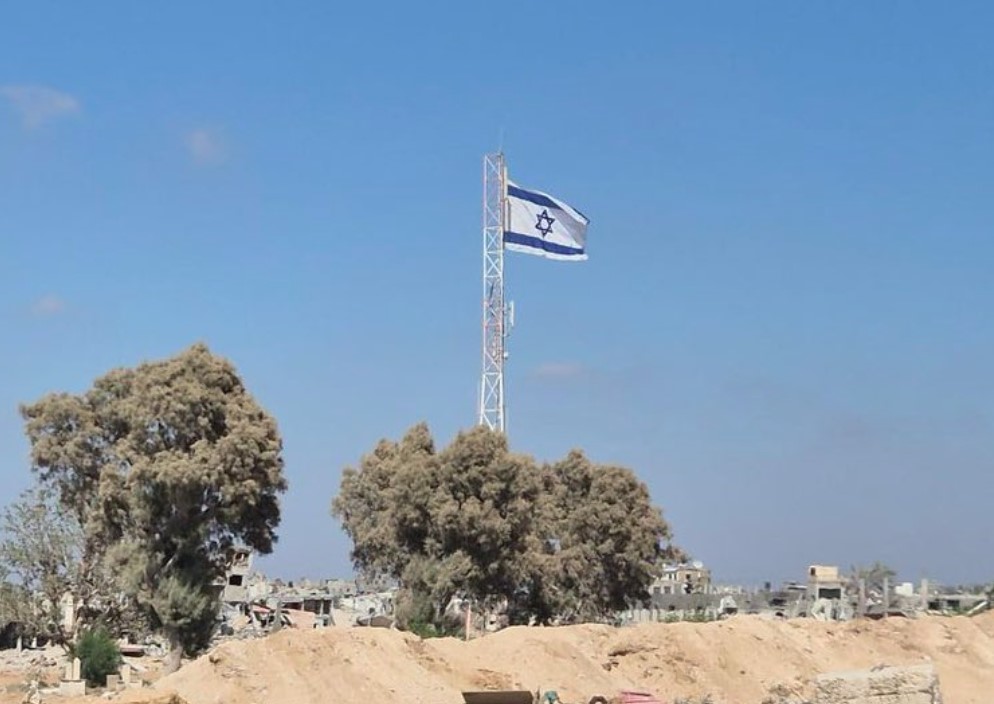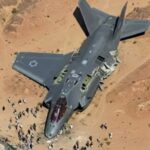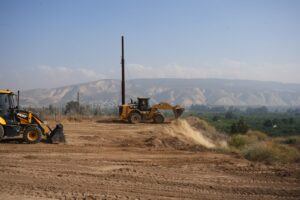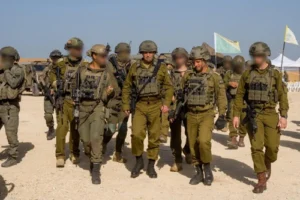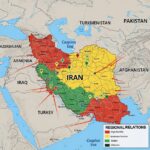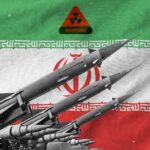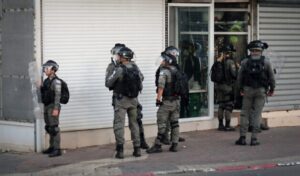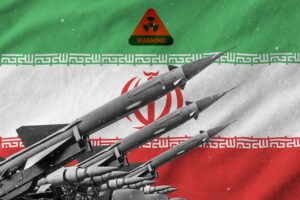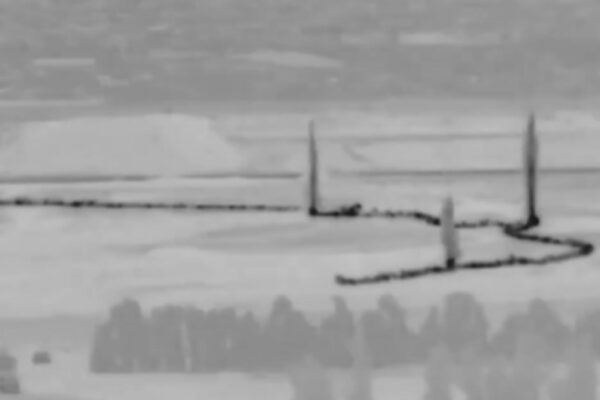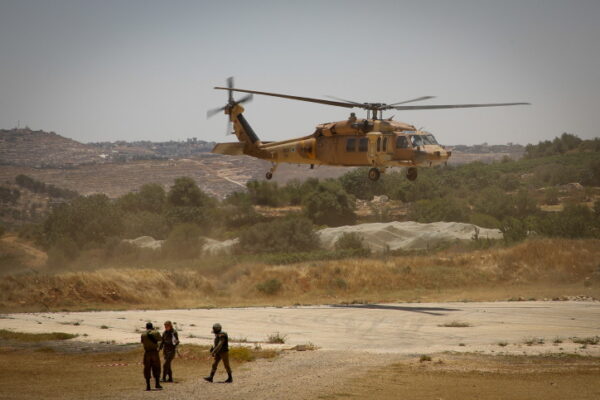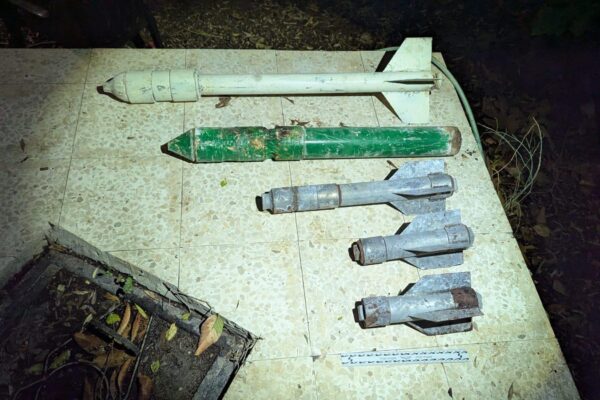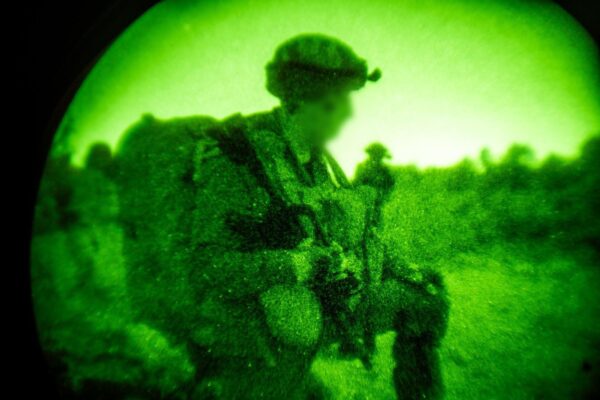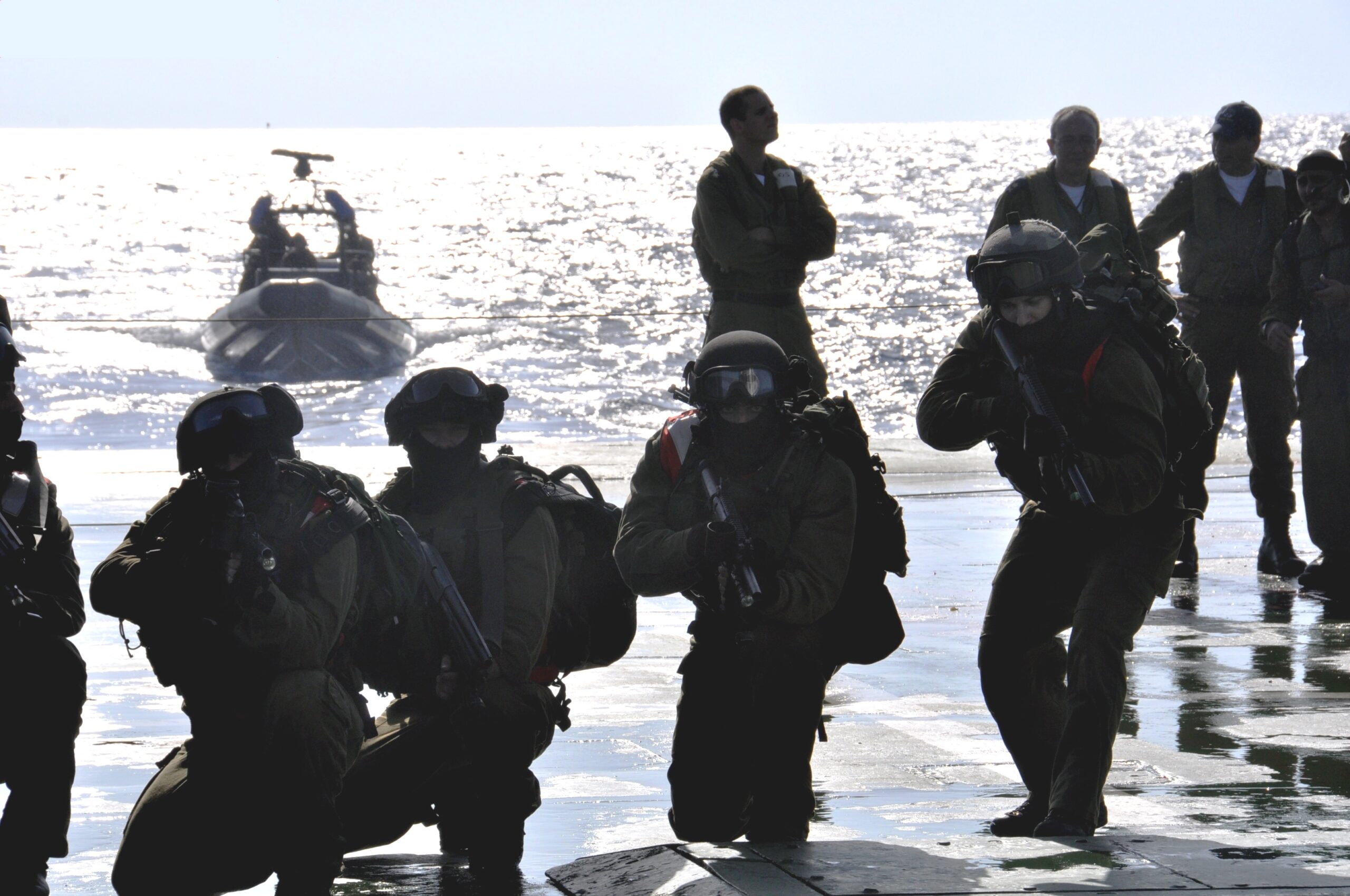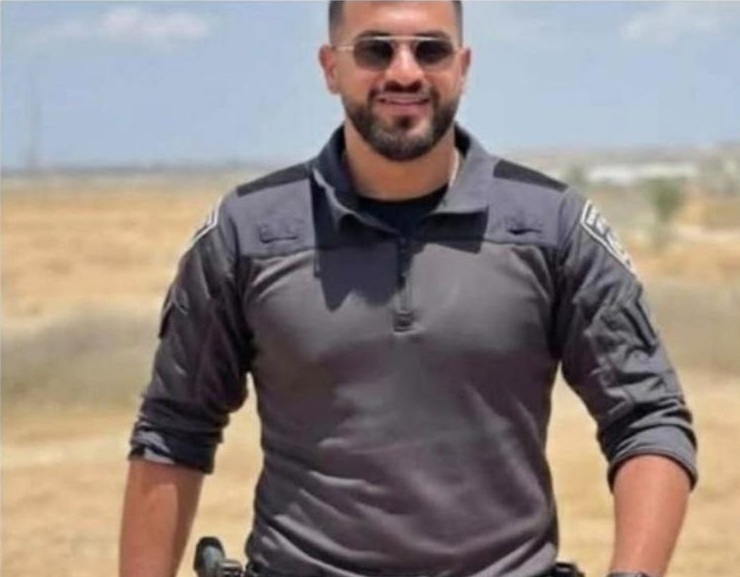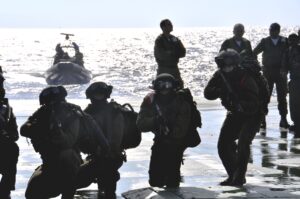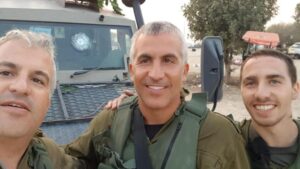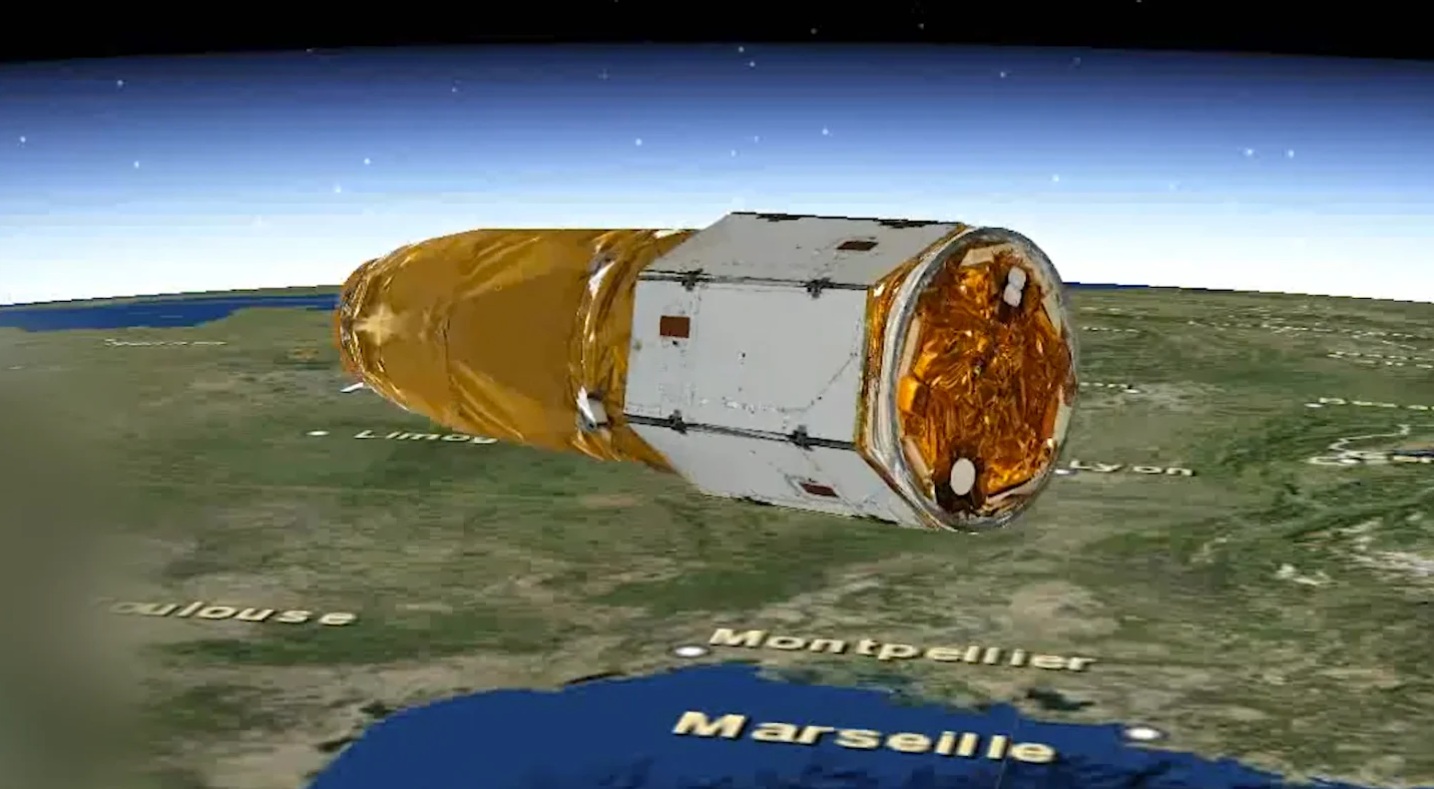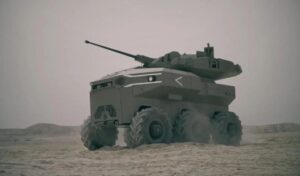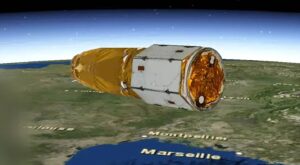The IDF is moving to outright occupy and destroy Hamas’ presence in a given area, and then deny them any chance of rebuilding.
By Avi Woolf, JFeed
It’s the operation the government insists on, a slight majority of Israelis support, but which the world seems to be opposed to, above and beyond any other.
But how is the current IDF operation in the Gaza Strip different than all the others?
In one word: territory.
Under previous IDF Chief of Staff Herzi Halevi, the IDF operated primarily in terms of powerful raids, targeting not only leaders but also terrorist infrastructure and ordinary terrorists.
The IDF did occupy a small stretch of land to more easily operate and also break the connection between Hamas units, but by and large, it went in, killed and destroyed what it needed to, and then withdrew.
This meant that Hamas forces, while increasingly diminished in size, arms, and organization, could always go back to their bases to rebuild and reorganize, even if often on a much smaller scale than before.
The IDF was successful in smashing the tens of thousands of trained Hamas terrorists, there are still multiple small-scale squads operating throughout the Strip.
Enter the current operation, under the newly appointed IDF Chief of Staff Eyal Zamir.
Now that Hamas cannot operate as a large army, the IDF is moving to outright occupy and destroy Hamas’ presence in a given area and then deny them any chance of rebuilding.
The IDF controlled 40% of the Strip before the operation, and now aims to control 75% of it.
Without access to buildings, arms caches, and the like, Hamas will have difficulty operating further.
The main unknown is what happens with the central refugee camps.
This area is believed to contain the bulk and maybe all the remaining living hostages, and Hamas’s few intact units still operate there.
The IDF may end up having to at least use the raid method to destroy those units, even at the cost of risking the lives of the remaining hostages.


